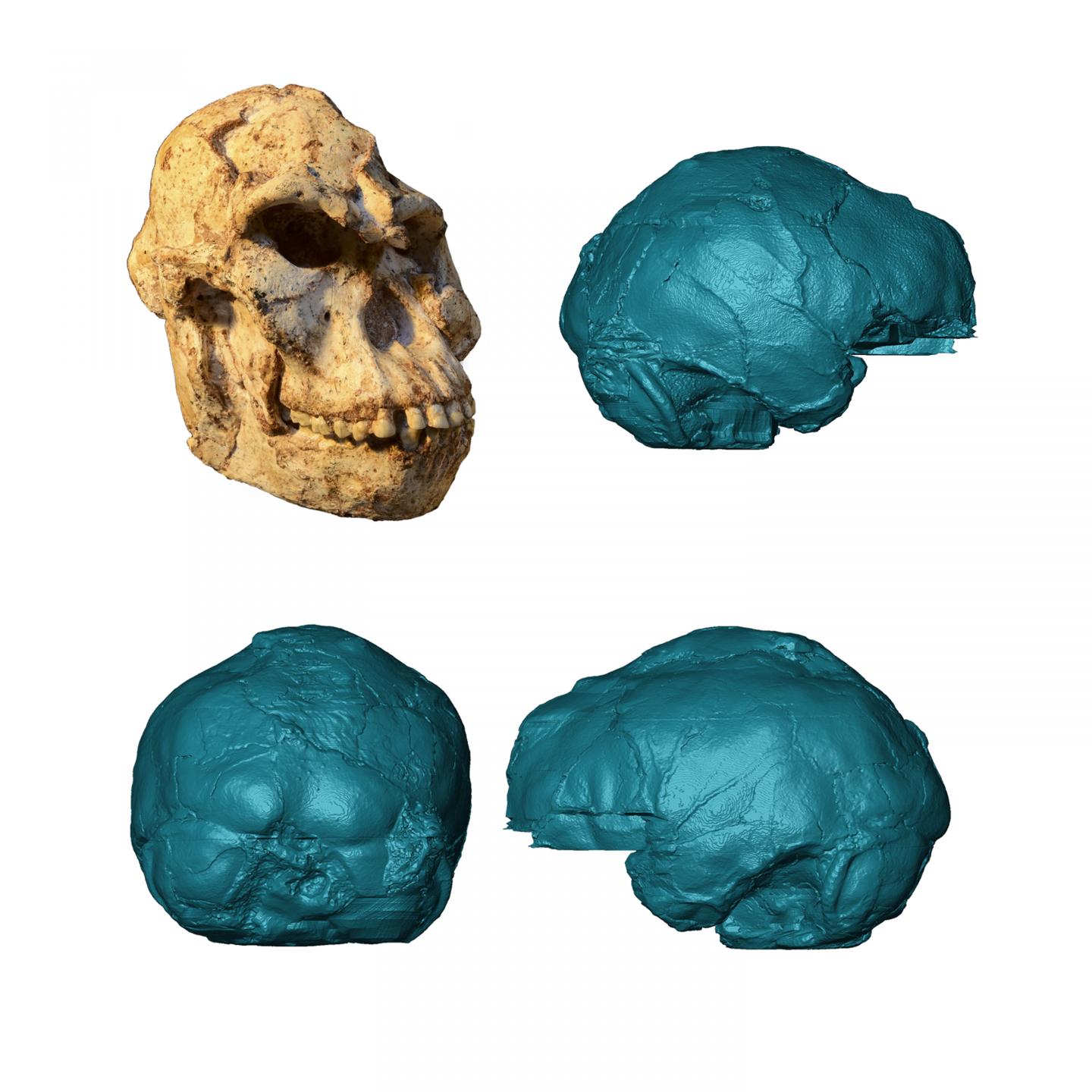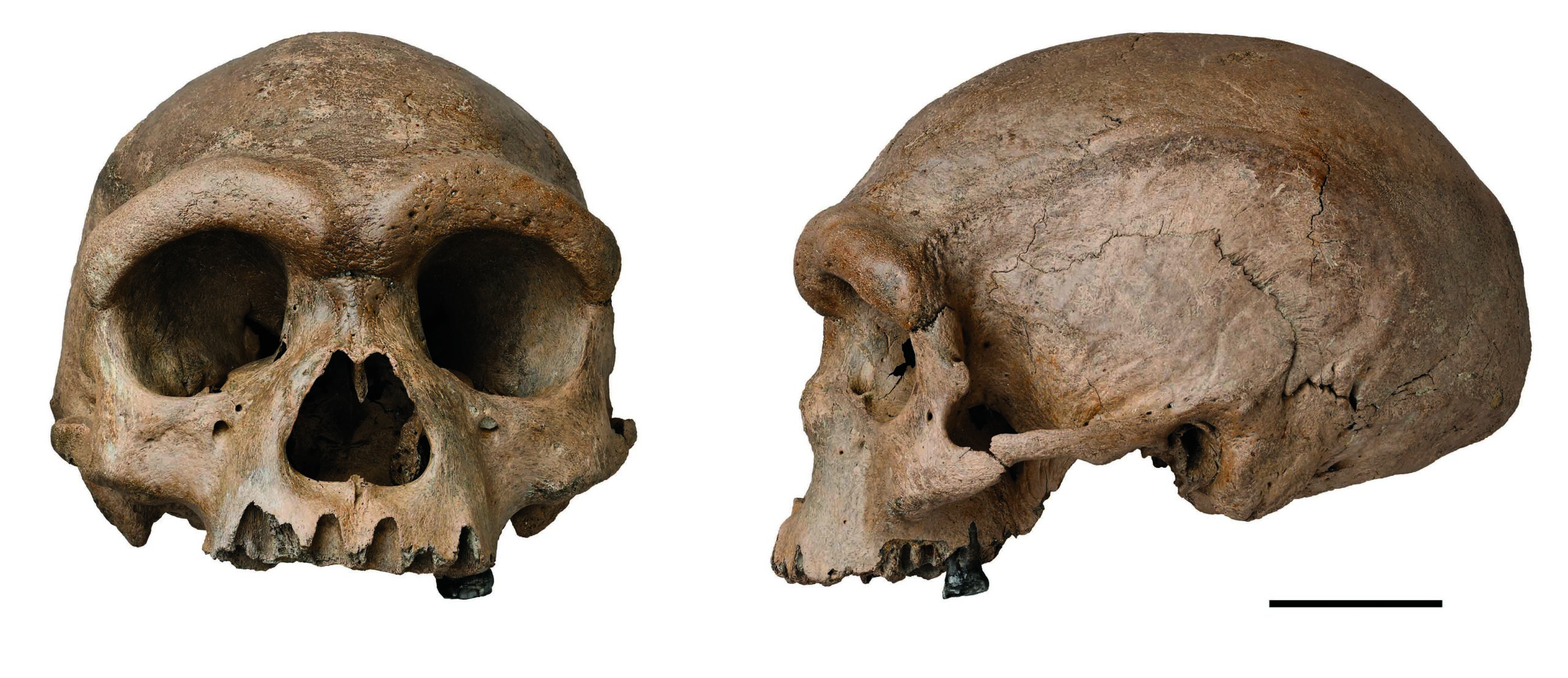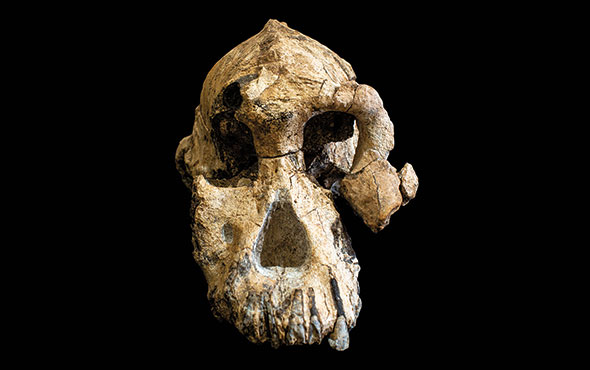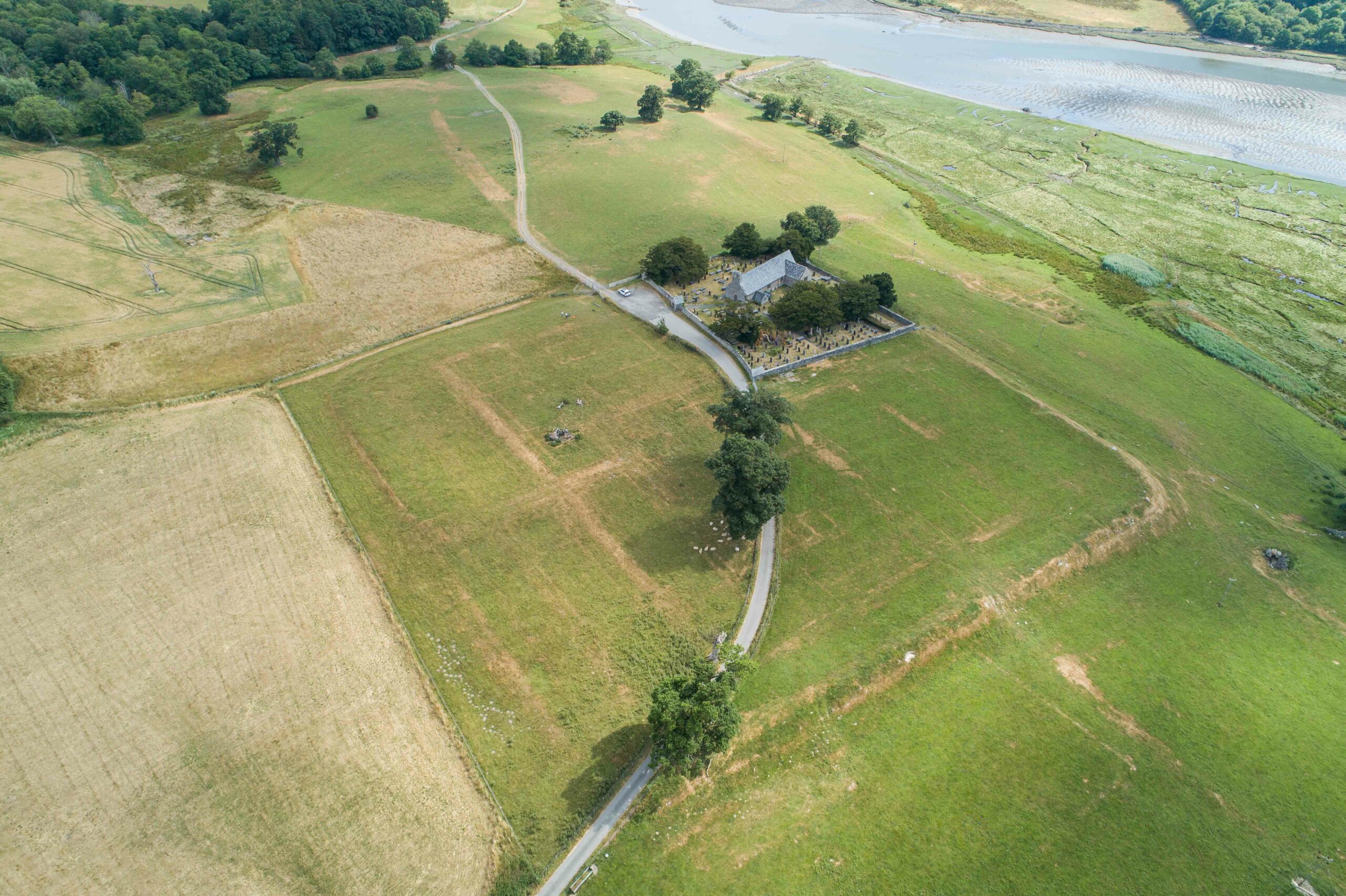
JOHANNESBURG, SOUTH AFRICA—Live Science reports that paleontologist Amélie Beaudet of the University of the Witwatersrand and her colleagues used micro-computed tomography to make an endocast of the interior of the skull of “Little Foot,” a 3.67-million-year-old Australopithecus individual discovered in South Africa’s Sterkfontein Caves. “I was expecting something quite similar to the other endocasts we knew from Australopithecus, but Little Foot turned out to be a bit different, in accordance with its great age,” Beaudet said. Little Foot’s brain was asymmetrical, suggesting that the two sides of the brain performed different functions, just as the brains of modern humans and apes do. Little Foot’s visual cortex, however, takes up a greater portion of the brain than it does in later Australopithecus specimens. Beaudet thinks Little Foot’s ape-like brain could resemble that of a common ancestor to chimpanzees and humans. The differences its brain and later Australopithecus brains may also show that brain evolution occurred in fits and starts, she said. For more, go to “Cosmic Rays and Australopithecines.”










